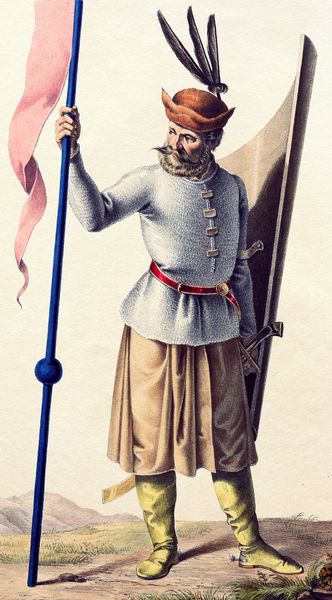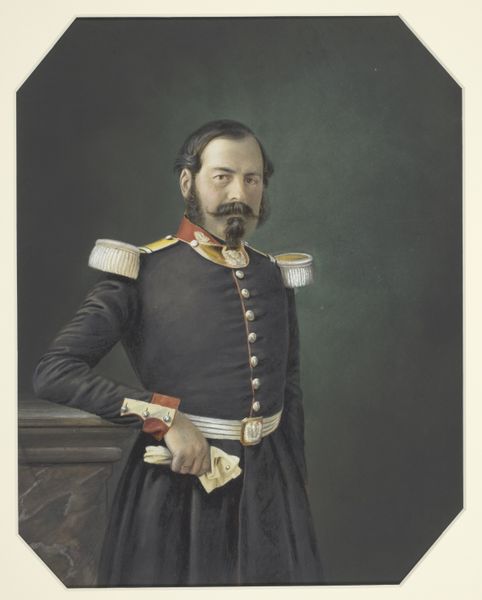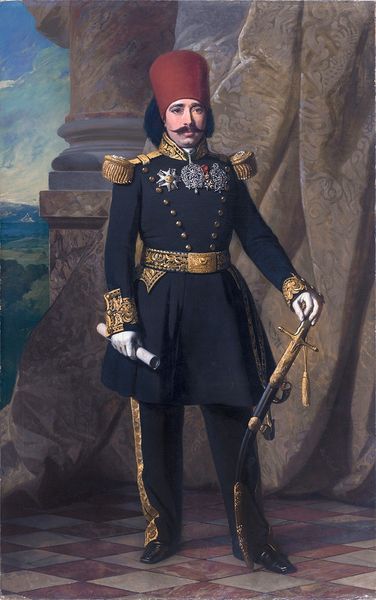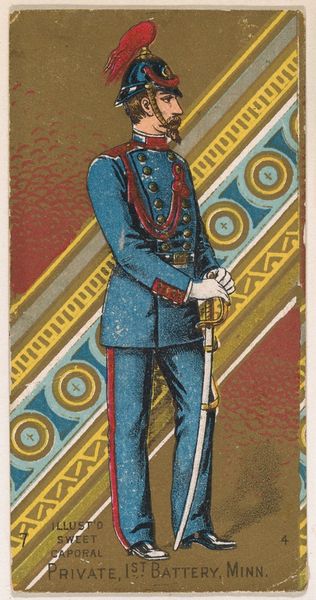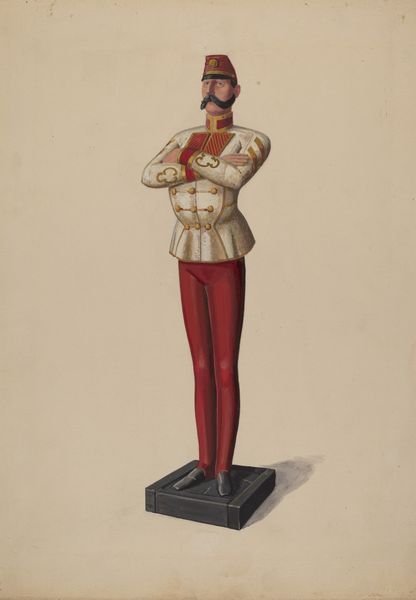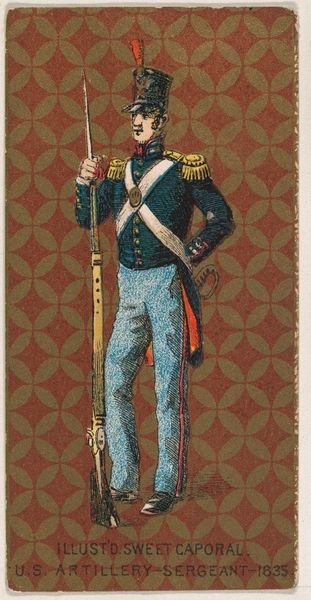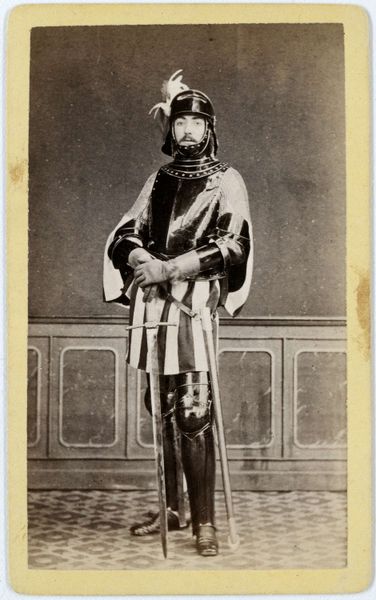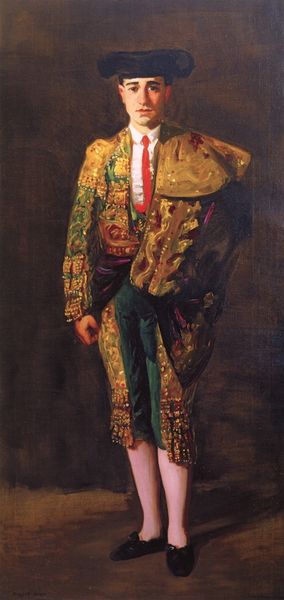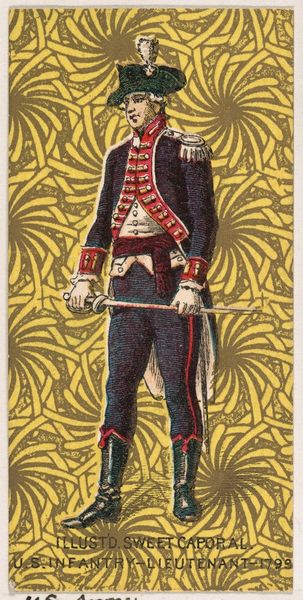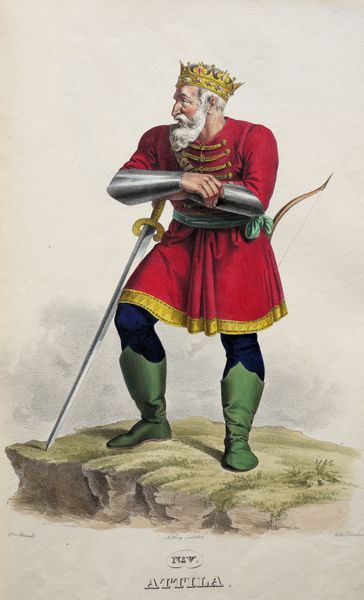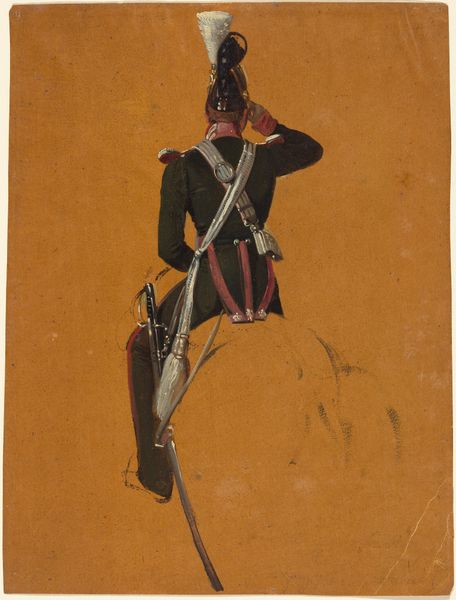
painting, oil-paint
#
portrait
#
painting
#
oil-paint
#
romanticism
#
history-painting
#
academic-art
#
realism
Dimensions: 223 x 143 cm
Copyright: Public domain
Editor: This is Charles-Philippe Lariviere’s “Ahmed Ier Bey,” an oil painting from 1846. I'm struck by the darkness of the background, which makes the details of his ornate clothing really pop. How would you approach an interpretation of this work? Curator: Well, let’s consider the materials first. Oil paint allowed for this incredible level of detail and realism. What do you think the choice of oil says about the status of both the artist and the sitter, Ahmed Ier Bey? Editor: I suppose using oil meant this was meant to be a serious, lasting artwork – not just a quick sketch or something. Oil paints had to be imported, I think? Implying access, privilege for both painter and subject. Curator: Exactly. Think about the pigments used to create that vibrant red in his fez and sash. Where did those colours originate, and who had access to them? This tells us about trade routes, global economies, and even the power dynamics between Europe and North Africa in the 19th century. Look closely – could the detail on the jacket indicate hours of embroidering by local artisans? Editor: Oh, I see what you mean. So the painting isn’t just a portrait of Ahmed Ier Bey; it's also a record of global exchange and labour. It raises some questions about who benefitted the most from these interactions. Did the subject actually "own" his clothes and their creation? Curator: Precisely. And consider the gold embellishments—real gold thread? Imitation? Either way, it reflects a certain level of conspicuous consumption, a display of wealth tied to specific social and political structures. I wonder who was being asked to accept this self-representation? Editor: So by focusing on the materials and production, we can move beyond just admiring the painting's surface beauty. We can analyze it as a product of a specific historical moment. Curator: Absolutely. It prompts us to question the power dynamics inherent in the creation and consumption of art, moving beyond a focus on the artist's genius alone. Editor: That’s a great way to see how material choices have profound historical resonance!
Comments
No comments
Be the first to comment and join the conversation on the ultimate creative platform.
